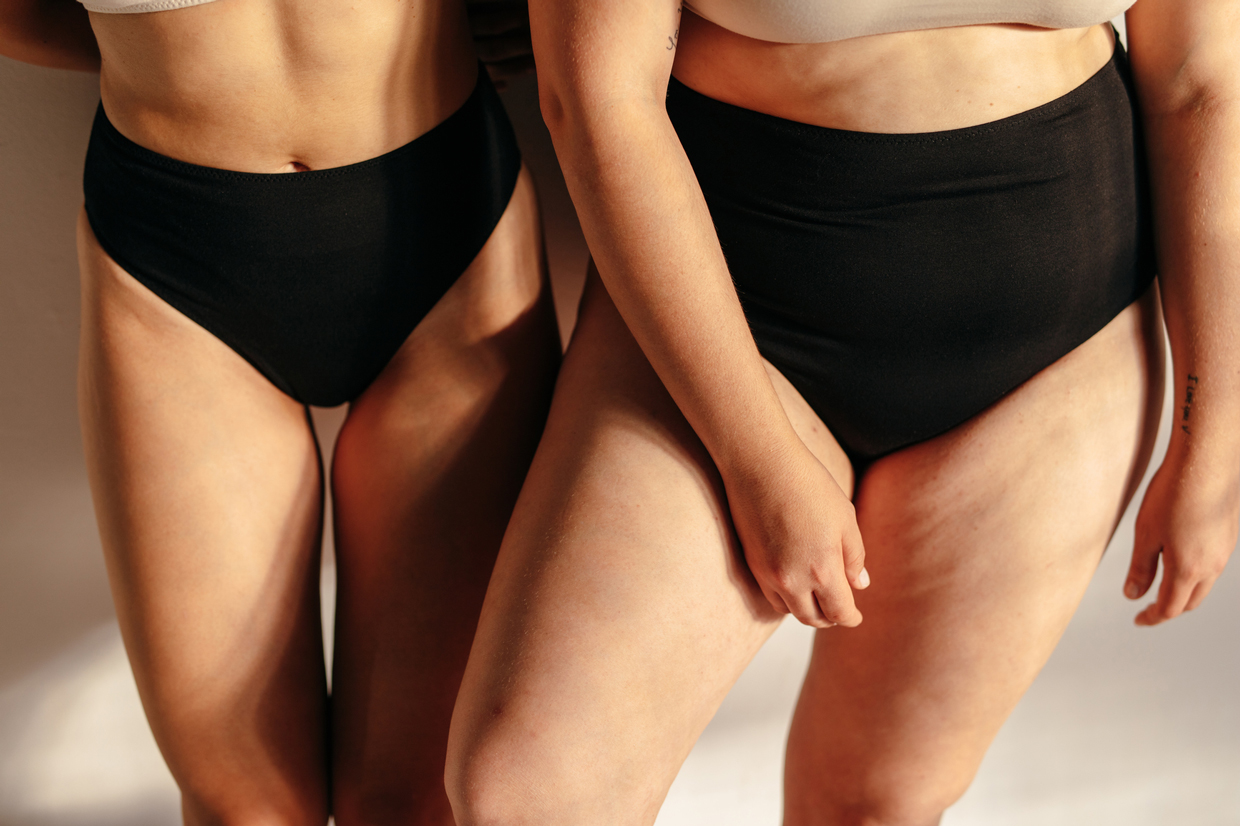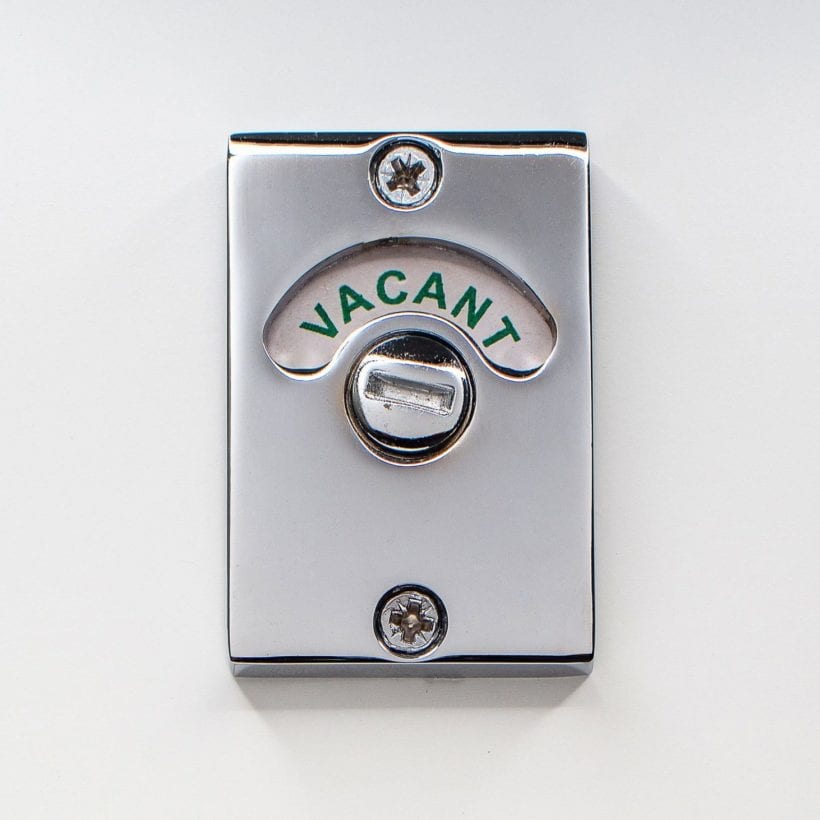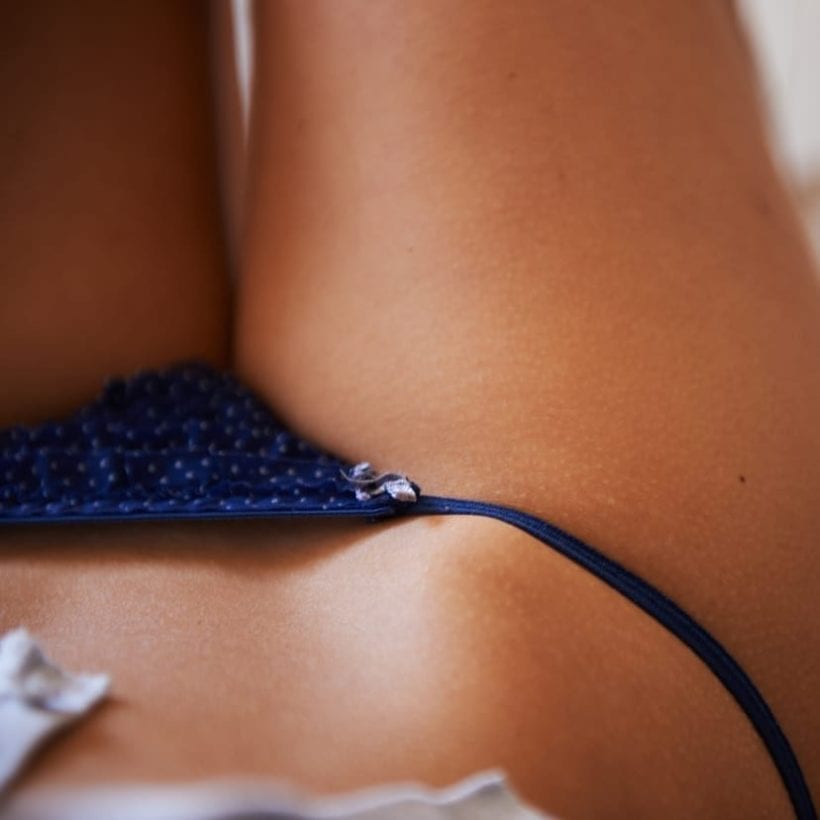Your bladder — an organ that’s like a reservoir that holds urine filtered out from your kidneys — is probably not top of mind. But in light of November being Bladder Health Awareness Month, it got us thinking about how even though we use our bladders every single day to pass urine, we don’t know much about what keeps it functioning its best. Even though you might currently have a healthy bladder, it’s important to take care of this vital part of our body to keep it in good shape down the road, according to Dr. Robert Mordkin, the chief medical officer for LetsGetChecked and chief of urology at Virginia Hospital Center. “Preventing problems is important since as you age, the bladder changes,” adds Aleece Fosnight, a medical advisor for Aeroflow Urology. “It functions relatively well in our teens, twenties, and thirties, but the wall of your bladder as well as the muscles of your pelvic floor can weaken as you get older, so we want to start implementing good habits as early as we can,” she says.
Issues like urinary tract infections (UTIs), urinary incontinence, or pain while peeing can arise if you’re not careful to protect your bladder. So, our experts helped us put together a handy list to make sure your bladder is getting the TLC it needs to do its job correctly — now and for the future.

Quit smoking.
According to the CDC, more than 16 million Americans who have a disease can blame smoking. One of those diseases, obviously, is cancer: “Bladder cancer is a fairly common cancer and it can be a very sinister cancer. There are many more incidents of smokers getting bladder cancer compared to non-smokers,” says Mordkin. The American Cancer Society states it’s the fourth most common cancer in men (less common for women) and studies show that smoking accounts for 47% of all bladder cancer cases. “So if you want to take one step to keep your bladder healthy, above all others, don’t be a smoker,” he says.
Make sure you’re not holding in your pee — and fully empty when you do.
Holding in your pee can not only make a UTI more likely, but it might weaken the muscles in your bladder in the long run. Try to go pee every three or four hours or so. You don’t need to force it, but if you’re going longer than that, you might not be hydrated enough (or you’re holding it too long). “This advice is especially directed at people who have professions where they don’t readily have access to a bathroom, like teachers who are in the classroom all day long without time for bathroom breaks or nurses who have those long 12-hour shifts. Over time, those types of people might train themselves to hold their urine longer and longer. But over the long haul, that type of behavior can cause damage to their bladder,” says Mordkin. When you do go, make sure that you’re fully emptying out your bladder by relaxing your pelvic muscles. For women, you could lean slightly forward while urinating to put a gentle pressure on your bladder to fully empty it out.

Stay hydrated with H2O.
“Drinking water is one of the things that experts always advise to do, but people forget about. Being hydrated lets your kidneys be able to function appropriately and filter out the waste products more consistently on a regular basis, so you don’t get a whole lot of waste products that can cause irritation to the bladder. Hydration also keeps that urine as dilute as possible, so that you don’t get irritation to the bladder. The more waste products that you have in your urine, the more irritation that you’re going to get from your bladder, the more it’s going to break down that lining of your bladder,” says Fosnight. Water is always your best bet as caffeine and alcohol can irritate the bladder lining. “I’m not going to limit somebody completely to no coffee, or tea, or other things they like to drink, but we just have to be mindful and have everything in moderation. It could just mean diluting your caffeine and alcohol with a glass of water beforehand,” she says.
Avoid constipation with a high-fiber diet.
It seems like your bowels are a whole different ball game from your bladder, but they have more in common than you think: “I know we don’t often think about bowels in bladder health as kind of coinciding, but they really do when we think about the anatomy and where the rectum falls and it goes right behind that bladder. And so if you have fullness in your bowels, that’s going to put pressure on that bladder, you can’t feel the bladder as much as you wanted to, or it may make it more difficult for you to start urination or empty out your bladder all of the way. To avoid constipation, obviously good hydration is a factor, but make sure you have a high fiber diet,” says Fosnight. Pack your diet with whole wheat, veggies, fruits, and plant-based foods. The American Heart Association recommends adults to have 25 to 30 grams a day of fiber.
Focus on exercises that strengthen your pelvic floor.
Not only can exercise maintain a healthy weight and heart, it can also help strengthen your pelvic floor and alleviate constipation. “It doesn’t have to be strenuous exercise, but a good 20 to 30 minutes of some cardiovascular activity on a daily basis is fantastic to keep that pelvis healthy,” says Fosnight. You can also consider incorporating Kegel exercises into your everyday routine to strengthen your pelvic floor as well.
Reduce stress.
Of course, stressing less is easier said than done, but you can start with baby steps: “I recommend diaphragmatic breathing — the same type that yogis do,” says Fosnight. Diaphragmatic breathing (otherwise known as belly breathing) is about filling up the lungs completely, engaging your stomach, and pulling your diaphragm with each breath. “Concentrating on your breathing can be really helpful to decrease stress overall, but also to decrease the tension specifically in that pelvic floor as well,” says Fosnight.







